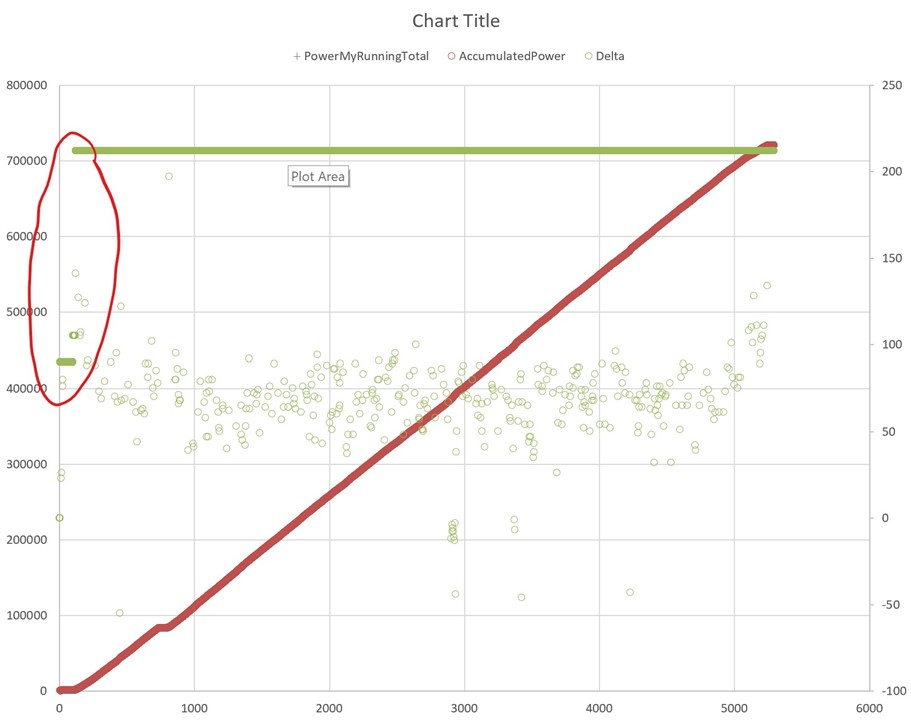I wrote some Python code to compute the Normalized Power and I noted that the
value is different from the one computed by Garmin Edge 530.
Here is the code I used (the only dependencies are garmin_fit_sdk and numpy):
gist.github.com/.../816876d348be36b7727c9cc8c96a53f7
The compute average values are correct (once rounded), but the normalized power is incorrect.
The value from my code is: 194.33244763009563
The value from Garmin Edge 530 is: 195
Is this caused by a different algorithm or is the difference caused by additional data available internally to Garmin Edge?
Thanks
Manlio Perillo



